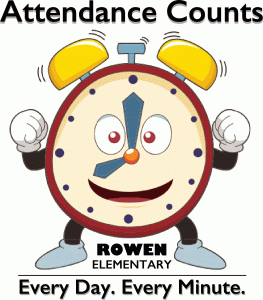Our Approach

A summary of the key research on student attendance reveals the importance of addressing chronic absence in elementary school. Chang & Romero (2008) found that thousands of our nation’s youngest students are academically at-risk because of extended absences in kindergarten and first grade. Nationally, it is estimated that 10% of kindergarteners and first graders are chronically absent. These researchers and others offer the consequences, prevalence, potential causes and possible solutions to children missing extended periods of school in grades K-5.
For children of color and children living in poverty, the data are more remarkable. Children living in poverty are two to three times more likely to be chronically absent. These children face the most harm because their communities often lack the resources to make up for lost learning. Every day a student is absent is a lost opportunity for learning. The good news is that the research suggests five basic steps schools can take to improve student attendance.
- Engage students and parents
- Recognize good and improved attendance
- Monitor attendance data and practice
- Provide personalized early outreach
- Develop programmatic response to barriers using a tiered system of supports
At Rowen, we incorporate best practices to improve attendance. We believe an effective attendance plan has the following characteristics:
- It consists of clear expectations.
- It encourages excellent attendance while preventing poor attendance.
- It consists of more preventative strategies than corrective ones.
- It encourages excellent individual and group attendance.
- It focuses on rewards and removing barriers.
- It involves the entire community (staff members, parents, and students).
It is important to note that our school-wide attendance plan is an evolving process. We will always be reflective and seek to improve this system.
We have placed on our school website several of the tools we use to ensure Attendance Counts at Rowen!
